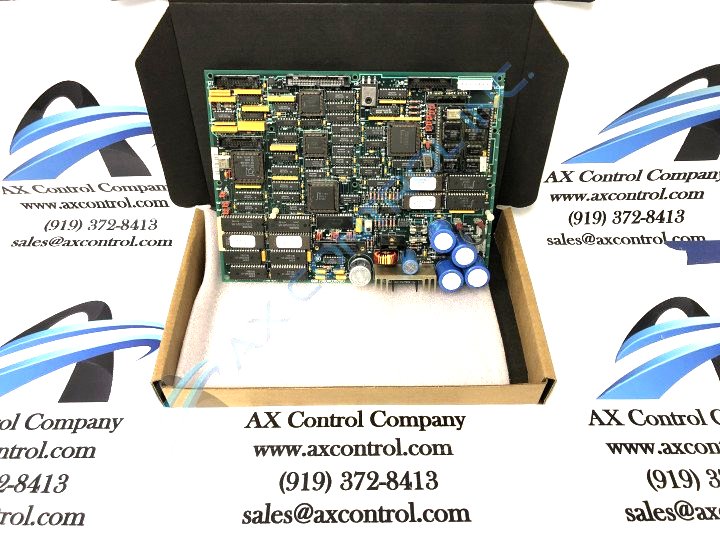About the DS200DMCBG1A
This DS200DMCBG1A printed circuit board was originally designed and manufactured to exist as a member of General Electric's Mark V Turbine Control System Series. The Mark V product series that this DS200DMCBG1A printed circuit board or PCB for short belongs to has specific applications in the management and control systems of compatible gas, steam, and wind turbine automated drive assemblies, and is one of the final General Electric product series to make use of the company's patented Speedtronic control system technology. While one of the final General Electric product series to feature the Speedtronic technology, this DS200DMCBG1A product offering's Mark V Turbine Control System Series is also considered to exist as a General Electric legacy series; given its eventual manufacturing discontinuation in the years past its initial release. This DS200DMCBG1A printed circuit board or PCB for short is truly better-definable as a DOS DUP Processor Board; the original functional description it is referred to as in Mark V Turbine Control System Series instructional manual materials.
Hardware Tips and Specifications
This DS200DMCBG1A printed circuit board is a Mark V Series product offering that makes use of its own specific collection of functionality-inducing hardware components and component specifications. The GE DOS DUP Processor Board DS200DMCBG1A contains three 26-pin connectors, one 40-pin connector, and 19 jumpers. The board also has 2 LEDs. The GE DOS DUP Processor Board DS200DMCBG1A is also populated with a reset button that enables a qualified servicer to restart the operations of the board without the need to restart the drive. If the board seems to have intermittent problems or is behaving erratically, it is the first step in the troubleshooting procedure to open the board cabinet, locate the board, and press the reset button. Press the reset button for three seconds, then, release the button. This enables the board to clear all signals and restart normal operations. Another troubleshooting feature of the board are the two LEDs on the board. The LEDs are red in color and are identified as CR1 and CR12 on the board. The LEDs are located together in one corner of the board. If a problem seems to originate with the board, you can quickly view the LEDs and the information that came with the original board will provide a description of what the LEDs indicate when they are lit. Another easy troubleshooting step is to check the two fuses on the board. If the board has stopped functioning or if some functions have stopped working, you can quickly view the fuses on the board and tell if the fuses are blown. It is very important that you only replace the blown fuses with a fuse with the same rating.
The DS200DMCBG1A Board-specific hardware component and component specification above is disproportionately focused on this DS200DMCBG1A product's LED indicators and diagnostic qualities, given that this is the sum of DS200DMCBG1A board-specific information available in internet-collected original instructional manual documentation. With this being said, this DS200DMCBG1A PCB benefits from its General Electric manufacture as it possesses the DS200DMCBG1A functional product number describing many of this DS200DMCBG1A Board's basic classifications and hardware offerings. The DS200DMCBG1A functional product number begins with the DS200 series tag detailing the DS200DMCBG1A PCB's normal style of Mark V Series assembly as well as its domestic location of original manufacture. This dual-functional series tag is soon followed in the DS200DMCBG1A functional product number by the DMCB functional acronym, which itself is followed by the G1 series grouping tag; another dual-functional DS200DMCBG1A product number naming component. The G1 series grouping tag here asserts the DS200DMCBG1A DOS DUP Processor Board's status as a normally-coated PCB with a group one Mark V Series product grouping. The final A alphanumeric digit in the DS200DMCBG1A functional product number is reminiscent of this DS200DMCBG1A offering's A-rated functional product revision.













